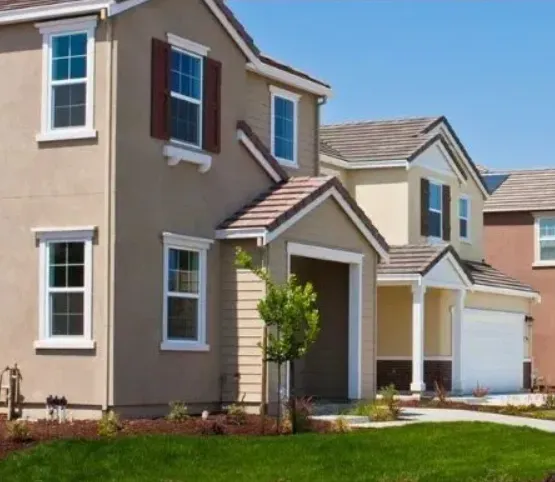Home insurance is a safeguard that protects homeowners from financial loss when unexpected damage or disasters strike. While it’s an essential form of coverage, the cost can differ greatly from one household to another. Knowing what shapes your premium can help you choose the right policy and find opportunities to save money without sacrificing protection.
Key Factors That Influence Home Insurance Rates
1. Location
Where your home is located plays one of the biggest roles in setting your insurance rates. Areas prone to natural disasters such as hurricanes, earthquakes, floods, or wildfires often come with higher premiums. Homes near the coast may face storm and flood risks, while properties in earthquake zones or tornado-prone regions also tend to cost more to insure. Crime rates in your neighborhood also matter—areas with higher rates of theft or vandalism can push premiums higher, as insurers account for the increased chance of a claim.
2. Age and Condition of the Property
Older homes may carry higher insurance costs due to aging wiring, plumbing, or roofing materials that pose a greater risk of damage. However, regular maintenance and upgrades can help offset some of those costs. Renovating essential systems or modernizing outdated features can demonstrate to insurers that your home is less of a liability.
3. Construction and Safety Features
The building materials used in your home affect both risk and cost. A brick or stone home is naturally more resistant to fire than one made of wood, which can translate into lower premiums. Safety features such as alarm systems, smoke detectors, fire extinguishers, and sprinklers also make a difference. Insurers often reward proactive safety measures with discounts.
4. Replacement Cost and Home Value
The cost to repair or rebuild your property after a major loss is a key factor in determining your coverage amount—and, in turn, your premium. Homes with higher replacement values require more coverage, which raises rates. Market value and special features, such as high-end finishes or custom designs, can also increase the amount of insurance needed.
5. Personal Financial Profile
Your credit score can affect your rates, as insurers often use credit-based scoring to estimate risk. A strong credit history typically leads to lower premiums, while a weaker score can drive costs up. Maintaining healthy financial habits—paying bills on time and keeping debt levels manageable—can help you qualify for better rates.
6. Claims History
Your past insurance record matters. If you’ve filed multiple claims or had significant losses in the past, insurers may consider you a higher-risk customer, which results in higher premiums. On the other hand, a clean claims history usually works in your favor.
7. How the Home is Used
Primary residences generally come with lower premiums compared to rental homes or vacation properties, since they are occupied more consistently. If you run a business from your home, you may need additional coverage, which can raise costs.
8. Coverage Choices
Your own decisions also shape your rates. For example, policies with higher coverage limits provide more protection but cost more. Deductibles—the amount you pay out-of-pocket before coverage applies—also play a role. Choosing a higher deductible usually lowers your premium, but you’ll need to make sure it’s an amount you can realistically afford in an emergency.
Ways to Lower Your Home Insurance Premium
The good news is that homeowners aren’t powerless when it comes to controlling insurance costs. Here are some effective strategies:
- Compare policies: Rates can vary widely from one insurer to another, so it pays to shop around.
- Upgrade security: Installing alarms, cameras, or fire prevention systems reduces risk and often earns you discounts.
- Bundle policies: Combining your home insurance with auto or other types of coverage under the same provider can lead to significant savings.
- Maintain good credit: Improving your financial profile can make you a more attractive customer and reduce rates over time.
Final Thoughts
Insurance premiums are shaped by a mix of factors, from where you live and how your home was built to your financial habits and personal insurance history. By understanding these influences, homeowners can take practical steps to lower their costs without reducing coverage. A proactive approach—shopping around, improving security, keeping claims to a minimum, and maintaining strong credit—can go a long way toward making home insurance more affordable while keeping your property protected.











